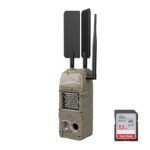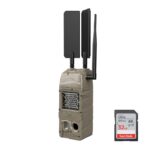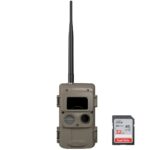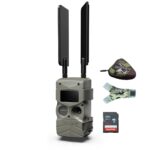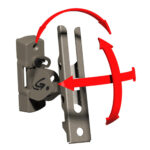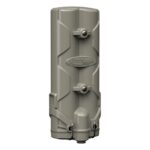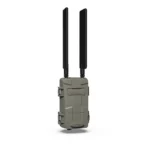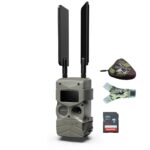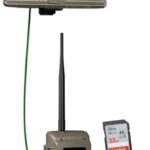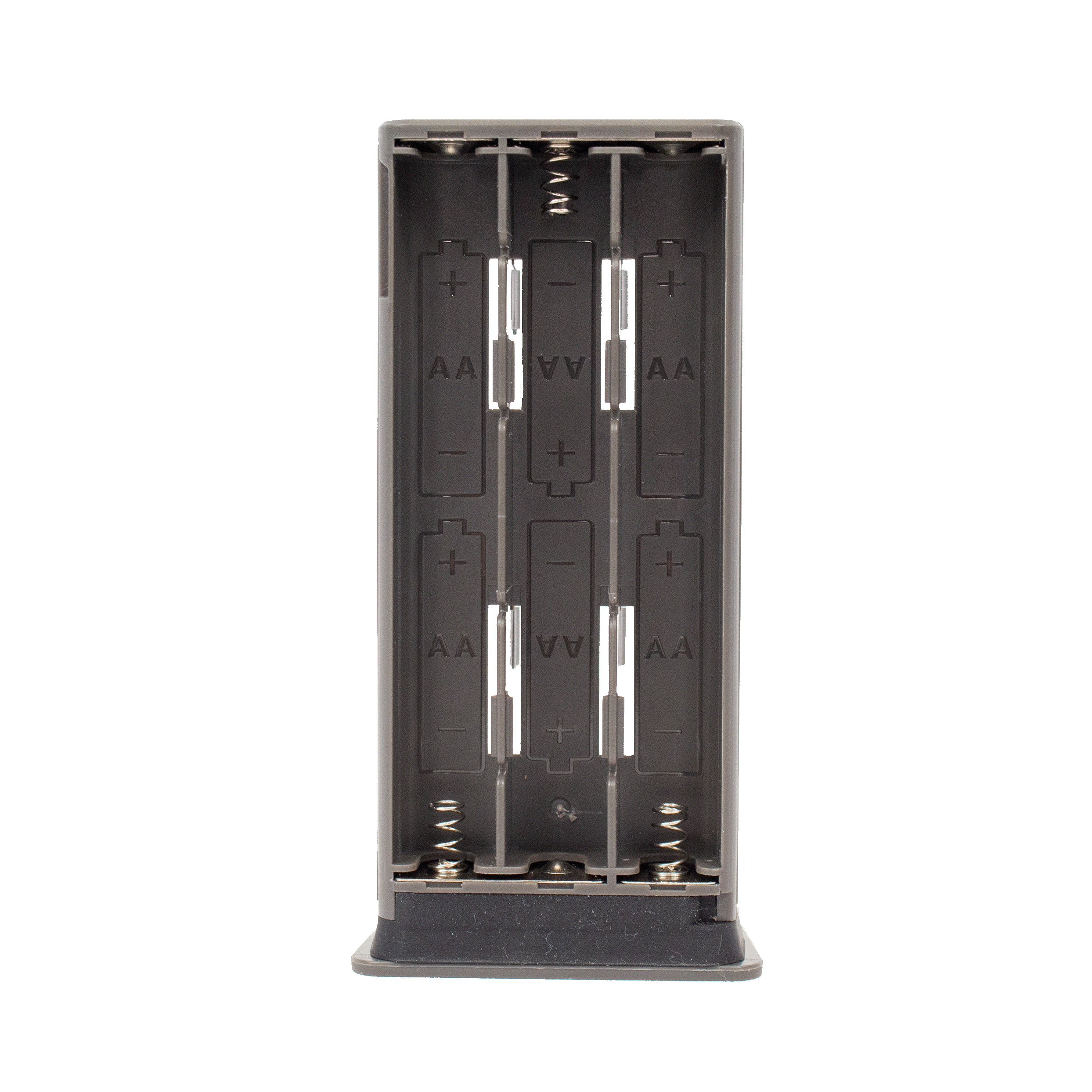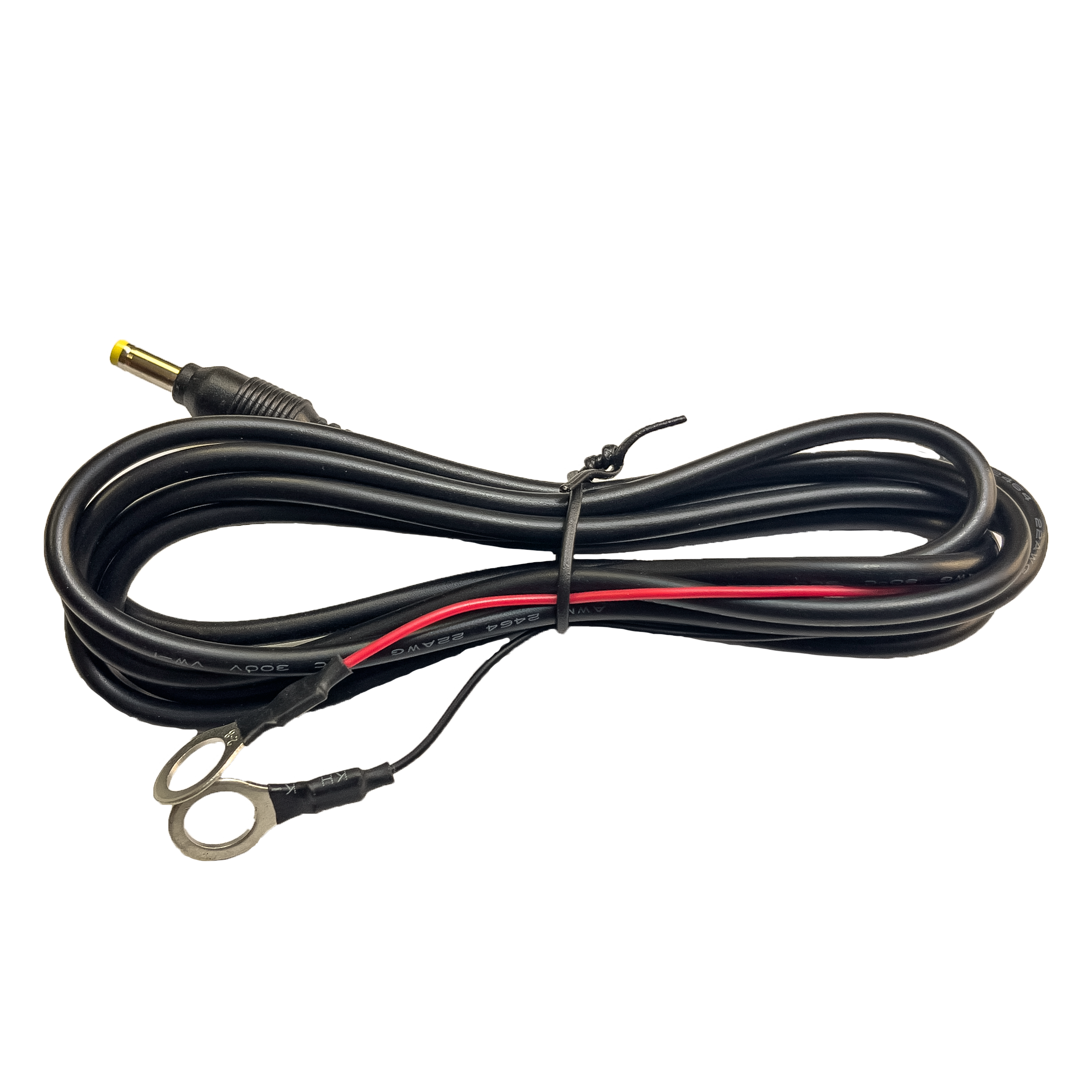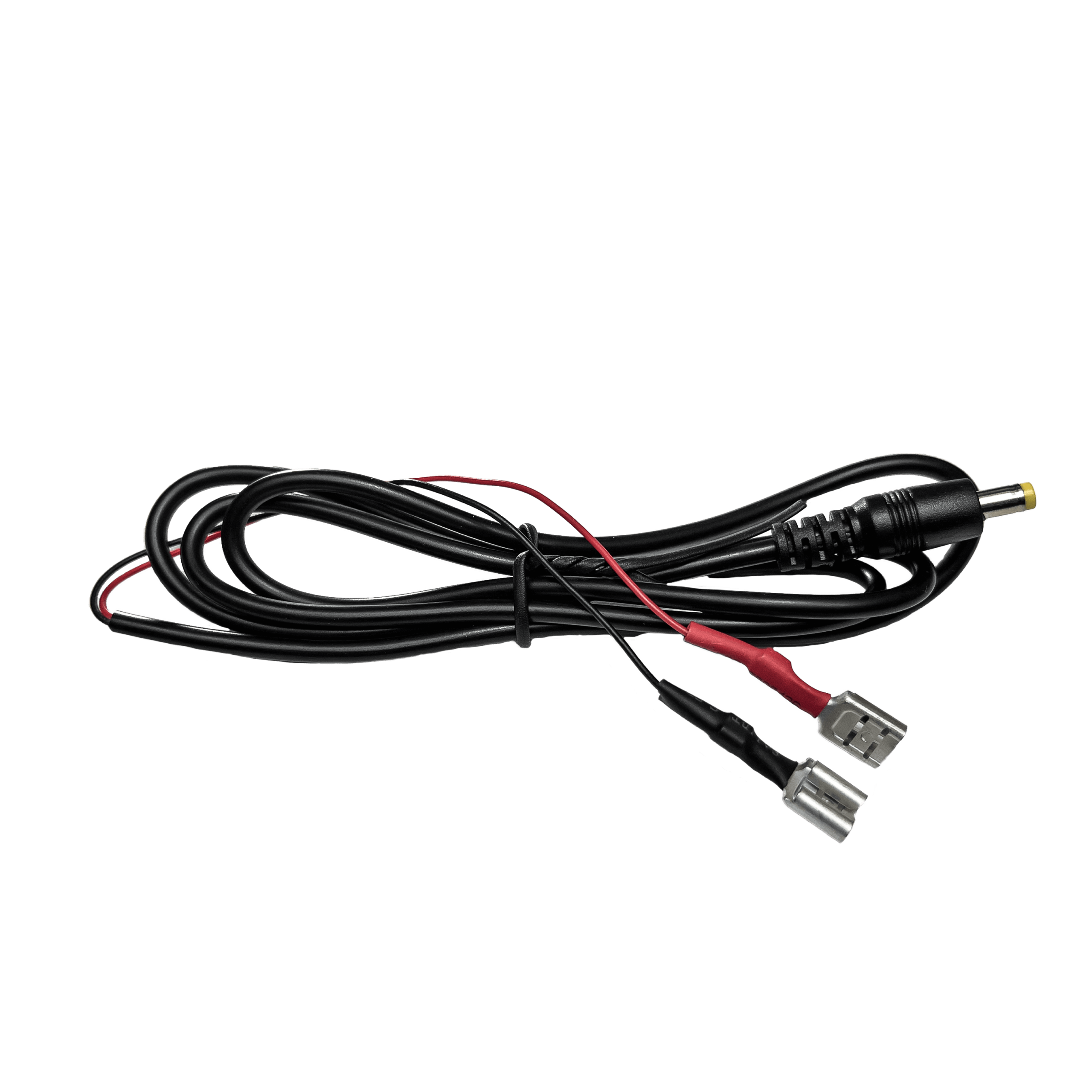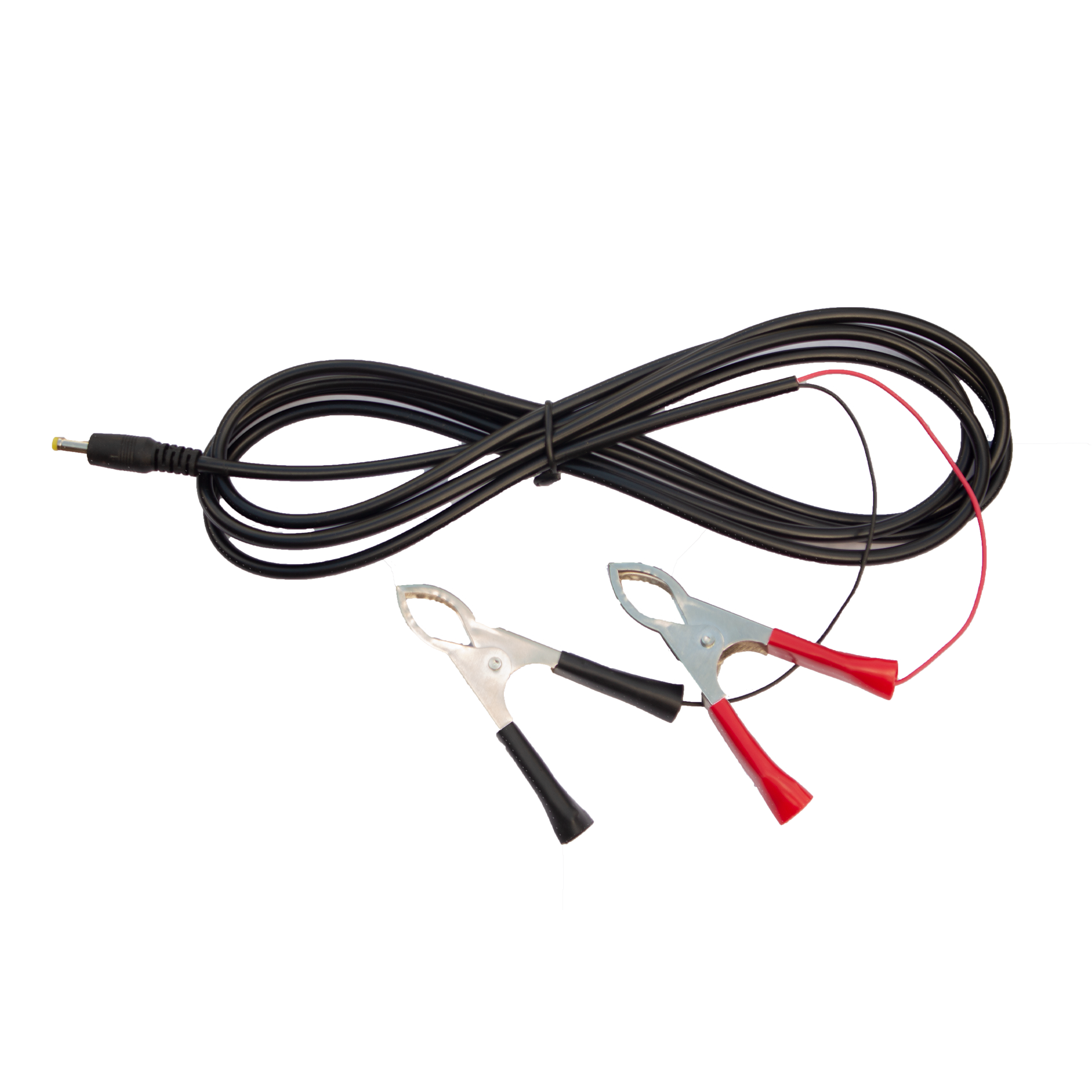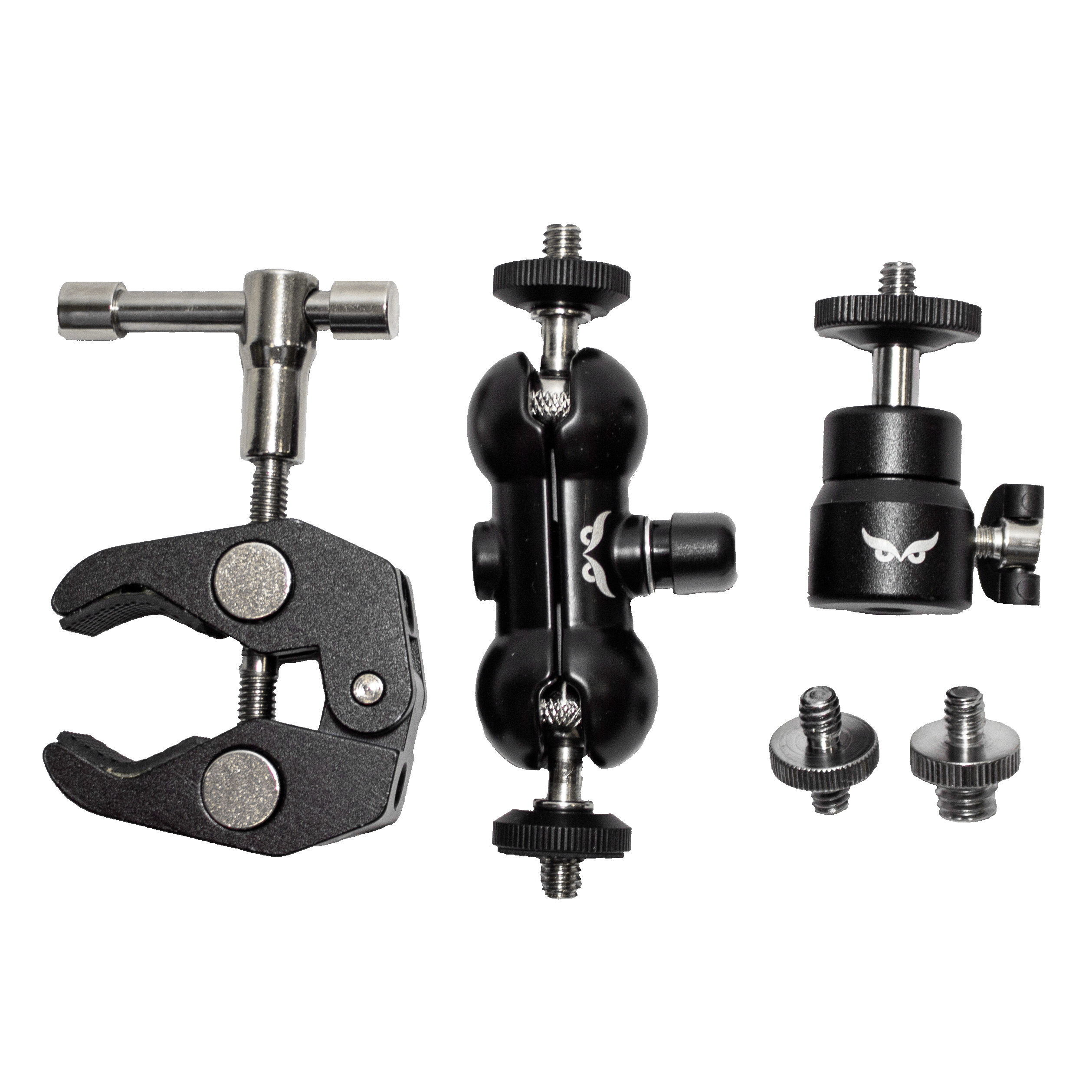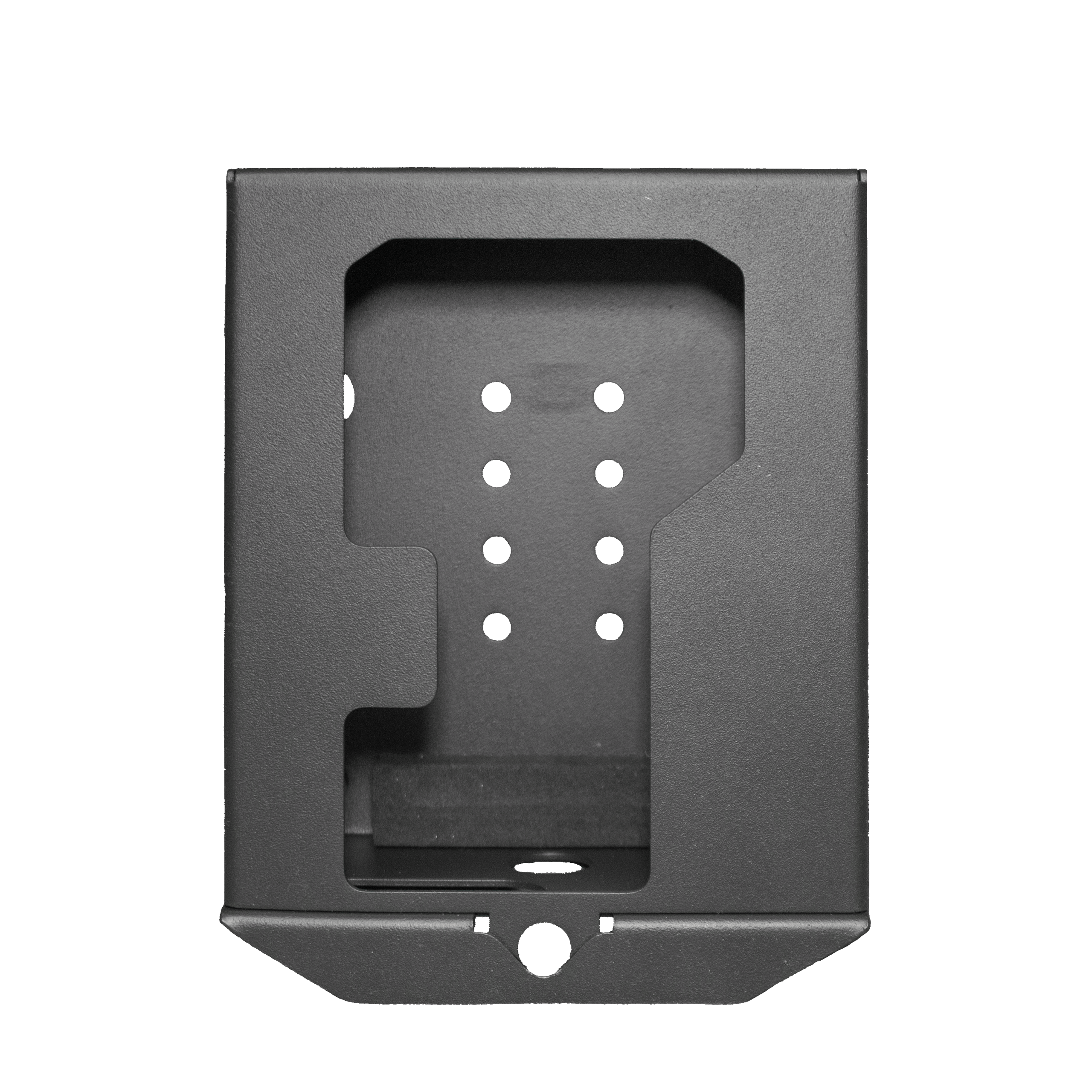Trail Camera Placement is critical for optimal results
Trail cameras have revolutionized wildlife monitoring and scouting for hunters, researchers, and nature enthusiasts alike. However, their effectiveness greatly depends on proper placement. Placing trail cameras in strategic locations can provide valuable insights into animal behavior, help identify wildlife patterns, and increase the chances of capturing exceptional footage. In this article, we’ll explore some essential tips for correctly placing trail cameras to maximize their effectiveness and enhance your wildlife monitoring experience.
Choose High-Traffic Areas:
Identifying high-traffic areas is crucial for maximizing the success of your trail camera placement. These areas include game trails, water sources, feeding areas, and pinch points. Game trails are well-worn paths where animals frequently travel, while water sources and feeding areas attract various wildlife. Pinch points are narrow areas that force animals to funnel through, increasing the chances of capturing their movement on camera. By targeting these high-traffic areas, you enhance the likelihood of capturing quality footage.
Position for Optimal Coverage:
Proper positioning of trail cameras is essential for capturing a wide range of animal activities. To achieve optimal coverage, consider placing cameras at a 45-degree angle to the trail or target area. This angle provides a broader field of view and allows the camera to capture the animal’s approach and departure, resulting in more comprehensive footage. Additionally, position the camera at an appropriate height, considering the size and behavior of the target species, to ensure that it remains within the camera’s detection range.
target area. This angle provides a broader field of view and allows the camera to capture the animal’s approach and departure, resulting in more comprehensive footage. Additionally, position the camera at an appropriate height, considering the size and behavior of the target species, to ensure that it remains within the camera’s detection range.
Mind the Sun and Shadows:
The sun’s position and shadows can significantly impact the quality of your trail camera footage. Avoid pointing the camera directly towards the rising or setting sun, as it can create excessive glare or wash out the image. Instead, position the camera to face north or south, if possible, to minimize the impact of direct sunlight. Additionally, be mindful of the shadows cast by nearby trees or vegetation, as they can trigger false motion detection or obscure important details. Regularly check and adjust camera angles to ensure optimal lighting conditions.
Consider Height and Security:
The height at which you mount your trail camera can influence the perspective and visibility of the captured footage. For most wildlife applications, mounting the camera at waist height or slightly higher is recommended. This height allows for a more natural perspective and helps to avoid triggering false alarms from small animals or vegetation movement. Additionally, ensure that your camera is securely fastened to a tree or post using a sturdy lock or strap to prevent theft or accidental falls.
Test and Fine-Tune:
Before leaving your trail camera unattended, it’s crucial to thoroughly test and fine-tune its settings. Ensure that the camera is functioning correctly, including the motion detection, infrared (night vision) capability, and image quality. Adjust the sensitivity of the motion sensor based on the target species and the environment to avoid excessive false triggers or missed captures. Conduct periodic checks to verify battery life and storage capacity, ensuring uninterrupted operation during extended monitoring periods.
Respect Wildlife and Regulations:
Lastly, while placing trail cameras, it’s important to respect wildlife and follow local regulations. Avoid placing cameras in areas that could disturb or harm animals, such as nesting sites or sensitive habitats. Check and adhere to any specific regulations regarding trail camera use, such as obtaining necessary permits or respecting private property boundaries. Responsible camera placement ensures minimal impact on the environment and promotes ethical wildlife monitoring practices.
Conclusion:
Mastering the art of trail camera placement is a game-changer for wildlife enthusiasts and researchers. By strategically selecting high-traffic areas, positioning the camera for optimal coverage, considering lighting conditions, and fine-tuning settings, you can greatly enhance your chances of capturing valuable footage. Remember to always respect wildlife and adhere to local regulations to ensure responsible trail camera usage. With these tips in mind, get ready to unlock a world of insights into the fascinating lives of wildlife around you.
